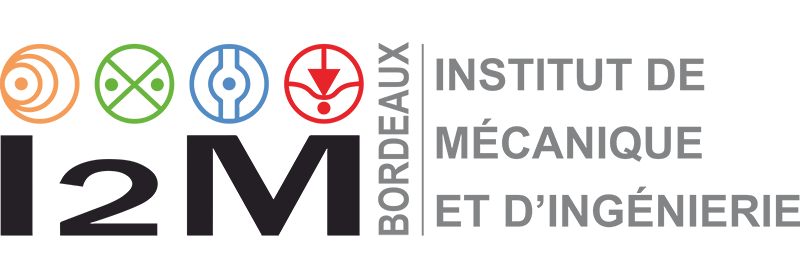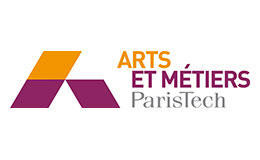A comprehensive review of the end-of-life modeling in LCAs of digital equipment
Résumé
Purpose: In the recent context of the Anthropocene and the ubiquity of ICT, the rise of digital e-waste should be tackled. In this paper, we study the environmental impacts of end-of-life (EoL) treatments of digital devices in life cycle assessments (LCA), a standardized methodology to perform a multicriteria environmental assessment of a product. We investigate how LCAs of digital equipment model the EoL.
Method: We did a systematic literature review with three main research criteria. The LCA must (1) concern digital equipment or compare digital devices, (2) consider several impact categories and (3) be from cradle-to-grave. As the number of scientific papers found was relatively small, we included LCAs of manufacturers, master thesis, and technical reports. We found twenty-eight references from academic and industrial sources corresponding to our research criteria.
Results and discussions: We divided our review into two parts: system and assessment. Our first find is that EoL generally lacks a system description. Many elements are often missing for EoL modeling and research reproducibility, such as bill of materials at a material level, primary data, collection and transport modeling, informal flows, hazardous components fate, e-waste stream, treatments description, type of loop, formulae assessment, list of materials recycled, material recovery rates, purity and quality of materials recycled, recycling residues fate. Secondly, EoL and LCA modeling lacks standardization for the impact category, LCIA method, computational tool, and environmental results. Thirdly, we observe that EoL is found to generate low environmental impacts. The choice of the substitution approach induces these low results. Human toxicity and ecotoxicity
are the most critical impacts of digital e-waste.
Conclusion: No clear consensus exists on modeling EoL in an LCA. Most studies employ a substitution approach with recycling and avoided impacts assessment. The substitution approach leads to several limitations: invisibilization of environmental impacts of EoL treatments and underestimations of potential environmental burdens. As the EoL of a digital device is highly uncertain, modeling needs to be more concise. We make several recommendations to improve EoL modeling: to detail the substitution approach, consider the informal flows, use primary data, and implement a hybrid methodology.
Origine : Fichiers produits par l'(les) auteur(s)





